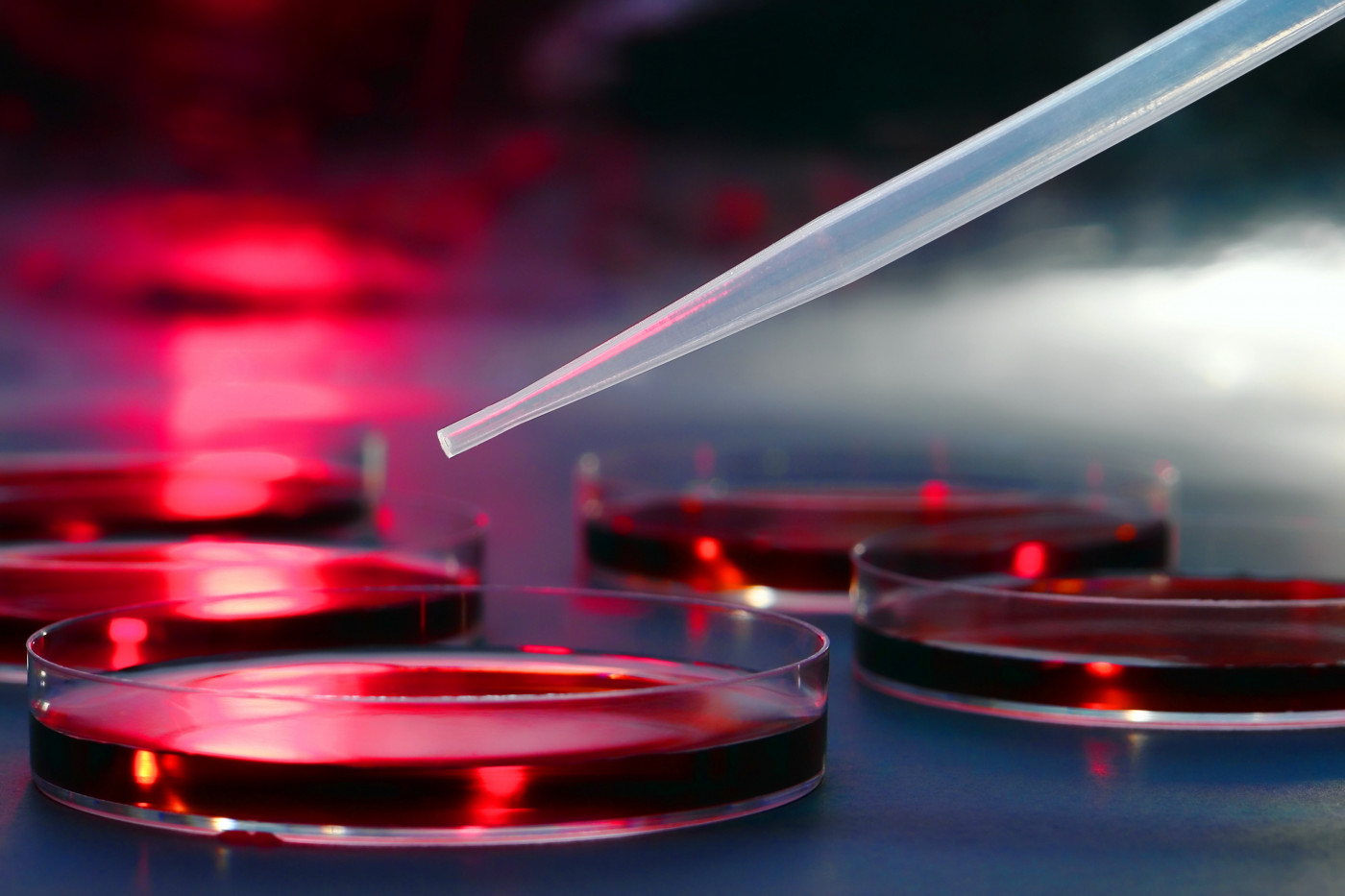Organoids Accepted as Means to Targeted Therapy, Survey Reveals

luchschenF/Shutterstock
A recent survey shows that people with cystic fibrosis (CF) broadly favor targeted therapy using patient-derived organoids — the three-dimensional organ-like structures made from a patient’s own cells.
The finding suggests that this technology might be integrated successfully into healthcare systems.
The study, “Avatar acceptability: views from the Australian Cystic Fibrosis community on the use of personalised organoid technology to guide treatment decisions,” was published in the journal ERJ Open Research.
Targeted therapy for CF patients, in which a patient’s own biology guides treatment choice, has developed alongside more powerful medications, such as CFTR modulators, which regulate the activity of the cystic fibrosis transmembrane conductance regulator protein (CFTR). Mutations in the CFTR gene underly the disorder.
Each CFTR modulator, however, works for specific CFTR mutations. Complicating matters further, even patients with the “correct” mutation to be eligible for treatment with one regulator or another may respond differently to that regulator due to other factors.
Given the high cost of CFTR regulators — estimated at more than $270,000 per patient per year — getting the right therapy to the right patient is critical.
Growing patient-derived organoids, in which to test potential medications first, could make this possible.
However, how patients feel about this technology, such as potential financial and ethical concerns, has not been well-studied. The patient viewpoint matters, as treatments that are more accepted and that better reflect individuals’ needs and priorities stand better chances of traveling from the lab bench to the clinic.
Researchers from across New South Wales, Australia, conducted an online survey among people with CF to gauge their feelings toward organoid technology.
The team received 188 complete responses, 90 from adults with CF or parents of children with CF, and 98 from adults without CF or parents of children without CF.
These participants responded to questions regarding their willingness to use organoids, how they view the advantages and disadvantages of doing so, what out-of-pocket costs they found acceptable, the time they were willing to wait for results, and where they would prefer organoid tissue to originate.
The use of organoids enjoyed broad support, with 86 CF participants (95%) and all 98 non-CF participants finding it acceptable.
Perceived advantages outweighed disadvantages. The most important advantage overall was that “organoids may improve treatment selection, therefore improving the patient’s quality of life and life expectancy,” the researchers wrote.
Analyzing respondent groups separately revealed that the best perceived advantage among parents, regardless of their children’s CF status, was that “organoids might help doctors choose the right drug more quickly which may avoid having to try several other drugs before finding the best one.”
The most rated disadvantage overall was that “the treatment recommended from the organoid testing may be unavailable or too expensive.”
Examined by group, adults with CF rated “patient may be recommended a treatment that is different to the most common treatment used or that is not compatible with their existing treatments” as equally important.
Parents of non-CF children, in contrast, selected two other equally important disadvantages to them: “The recommendation of a treatment that is different to the most common” and that “it may take some time to get the results.”
Regarding costs, while 51% of CF parents expressed a willingness to pay up to $5,000 for organoid-derived therapies, compared to 31% of CF adults, 30% of non-CF adults, and 36% of non-CF parents, these differences were not considered statistically significant.
CF participants showed greater willingness to wait for up to six months for results from organoids, than did non-CF participants.
Finally, a majority of participants of all groups indicated the invasiveness of a biopsy to obtain the initial tissue would not influence their decision to use organoids. Nonetheless, 173 (93%) indicated a preference for the the nose as a site, being minimally invasive, if given a choice.
Organoids, the investigators pointed out, are “on the cusp” of becoming a clinical tool.
“This study,” they concluded, “demonstrates that using organoid technology to guide treatment decisions is likely to be accepted by the CF community.”







